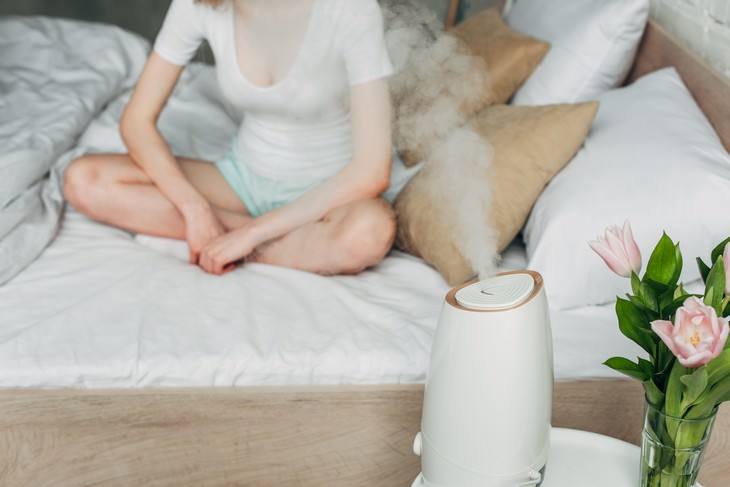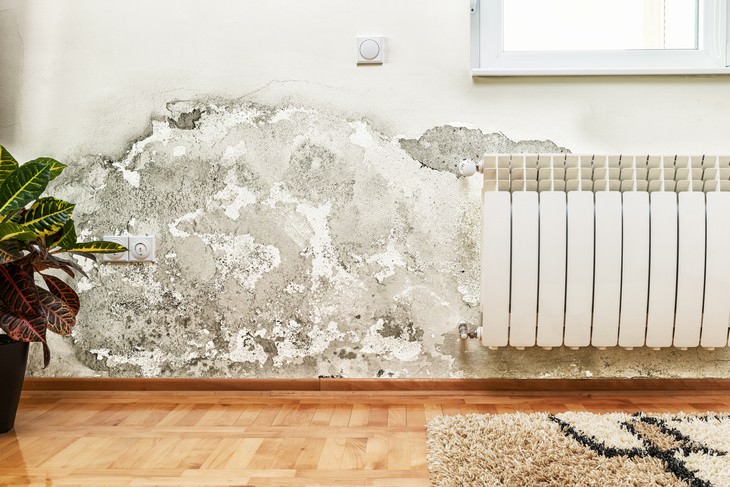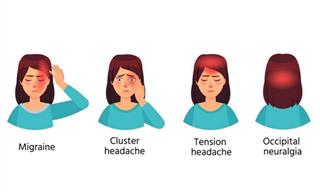Fall and winter allergies may not be as talked about as much as spring allergies are, but even as the temperatures decrease, you still may experience seasonal allergies in the chillier half of the year. During the winter, we spend most of our time indoors which makes us more exposed to indoor allergens like animals dander from pets, dust mites, and mold.
The allergies will manifest themselves with the usual symptoms such as a runny nose, sneezing, coughing, and wheezing or shortness of breath. In severe cases, the symptoms may also include rashes, fatigue, and headaches. Some of these symptoms can easily be confused with those of a cold or the flu (or even Covid-19), especially as those are more prevalent in the winter. To learn how to distinguish winter allergies form other medical conditions, you can read our previous article - 5 Signs that Show Your Fall Allergies Are Something Else.
In case you suffer from allergies and would like to know why that happens and how you can treat it, read on.
What causes winter allergies?
1. Pet Dander
About 3 in 10 people in the US have an allergic reaction to cats or dogs according to the Asthma and Allergy Foundation of America. During the cold winter months, pets tend to remain indoors, which may make you more exposed to their dander (dead skin), saliva, and urine, which are the main triggers for the immune system to react and thus worsen your allergic reactions.
2. Mold and Mildew
These prevalent indoor allergens are a type of fungi that grows around moist areas like leaky roofs, vents, and heating or cooling systems. They cause inflammation in the nose called allergic rhinitis, which is what happens in hay fever as well.
Mold and mildew tend to be more of a problem in old buildings with not enough ventilation. Common household items that mold can grow on include ceiling tiles, fabric, drywall, wood, and cardboard.
Related: How to Banish Mold and Mildew from Your Home
3. Dust Mites
These microscopic arthropods are one-third the size of a millimeter, so of course, seeing them with the naked eye is impossible. They like heat and humidity and tend to reside in bedding, carpets, stuffed toys, or the inner layers of upholstered furniture, like couches.
How to treat winter allergies?
The best way to avoid an allergic reaction is to avoid exposing yourself to the allergens according to Matthew Ellison, MD, an assistant professor of head and neck surgery at Duke University. Some of the allergens we listed may seem tricky to clear up, but there are a few simple ways to reduce them.
If you know you're allergic to dust, it would be a good idea to get dust mite covers. These are zippered covers that go over the mattress. They have small pores that prevent dust mites from entering the mattress; that way you’re protected during your sleep. As for bed sheets, washing them every one to two weeks should kill any dust mites.

Pet owners should vacuum the house frequently to remove dander. In the case that it isn’t dust nor pet dander that’s at fault, but rather mold, changing the air filters frequently should improve the air quality. According to the Center for Allergy and Asthma, the filter should be changed every 20 to 45 days, especially if you suffer from allergies. Also, take a look at your heating and ventilation systems to make sure there's no moisture that could feed mold.
Finally, in the likely case that you’re unsure what is causing your allergies, a portable air purifier might be the solution. They are known to reduce the severity of allergens like pet dander, dust, mold, and pollen. We hope this winter passes as easily as possible for everyone!
If you found this article useful, please share it with friends and family
 Go to BabaMail
Go to BabaMail




























